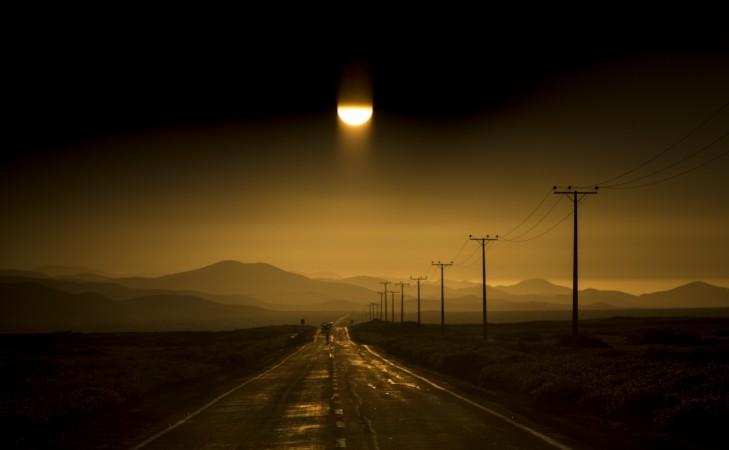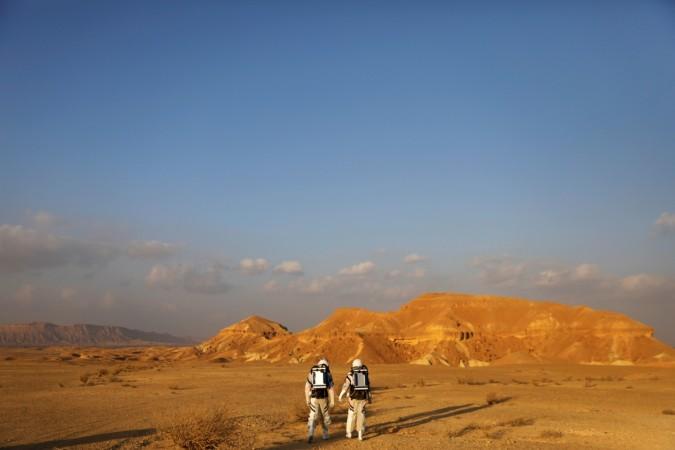
The Atacama Desert – which happens to be one of the driest and most inhospitable places on Earth – in Chile is home to a unique community of bacteria which can survive a decade without water, a new research by Washington State University has found.
The findings of the study not only establishes that these microbes have been existing here for a longer time and did not come from elsewhere, but, it also goes on to provide hope for those seeking life on Mars, as the soil in this location resembles the hostile surface of the Red Planet.
Julie Neilson, an environmental microbiologist at the University of Arizona in Tucson believes that the research "does a good job of justifying that these organisms really do live there," and despite the living conditions of the Atacama Desert not being favorable for us humans, when it comes to these organisms, "it's their ecosystem."
As the ScienceMag explained, with rainfall as low as 8 millimeters per year, there are negligible amounts of weathering – something that has led to the surface building up a crusty layer of salts, that further prohibits life on the area. "You can drive for 100 kilometers and not see anything like a blade of grass," Neilson shared.
And while many biologists have argued in the past that the previously found microbes on the desert were mostly blown, Dirk Schulze-Makuch, an astrobiologist who led the study, stayed undeterred about exploring the area.
"It has always fascinated me to go to the places where people don't think anything could possibly survive and discover that life has somehow found a way to make it work," he shared.
"Jurassic Park references aside, our research tell us that if life can persist in Earth's driest environment there is a good chance it could be hanging in there on Mars in a similar fashion."

For the study, the researchers had first visited the desert back in 2015, when they had detected biological activity in the soil – observed after a rare rain shower. But when they went back in 2016 and 2017, they observed the same microbes reverting back to their dormant state as the moisture started drying up.
Professor Schulze-Makuch said: "In the past researchers have found dying organisms near the surface and remnants of DNA but this is really the first time that anyone has been able to identify a persistent form of life living in the soil of the Atacama Desert.
"We believe these microbial communities can lay dormant for hundreds or even thousands of years in conditions very similar to what you would find on a planet like Mars and then come back to life when it rains."
Explaining what this could mean in terms of life on Mars, Professor Schulze-Makuch added: "We know there is water frozen in the Martian soil and recent research strongly suggests nightly snowfalls and other increased moisture events near the surface.
"If life ever evolved on Mars, our research suggests it could have found a subsurface niche beneath today's severely hyper-arid surface."
Now planning to study these microbes in the Atacama Desert further, the researchers also want to look for life-forms in Antarctica's Don Juan Pond – which happens to be a shallow lake, so salty that it remains liquid even at -58 degrees Fahrenheit.
Professor Schulze-Makuch added: "There are only a few places left on Earth to go looking for new lifeforms that survive in the kind of environments you would find on Mars. Our goal is to understand how they are able to do it so we will know what to look for on the Martian surface."














